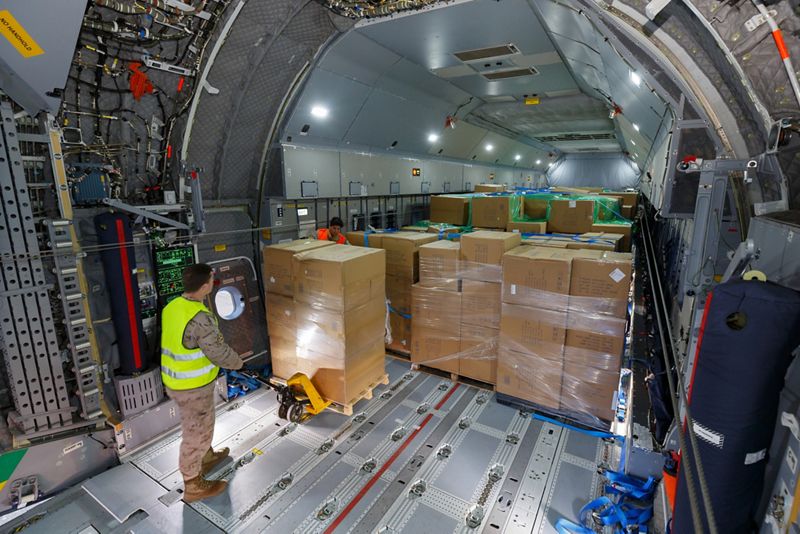As dozens of COVID-19 vaccines around the world enter late-stage human trials, the concept of logistics is finally being addressed.
The potential size of vaccine delivery is enormous.
Just providing a single dose to 7.8 billion people would fill 8,000 Boeing 747 cargo aircraft!
International Air Transport Association (IATA) estimate
Australia, for instance, has ordered 84 million doses from AstraZeneca – but how will these vaccines be transported?
The International Air Transport Association (IATA) is urging governments to begin careful planning, with industry stakeholders, to ensure full preparedness for when vaccines for COVID-19 are approved and available for distribution.
The Geneva-based association also warned of potentially severe capacity constraints in transporting vaccines by air. So, let’s explore what is required to make a vaccine available to everyone who accepts one.
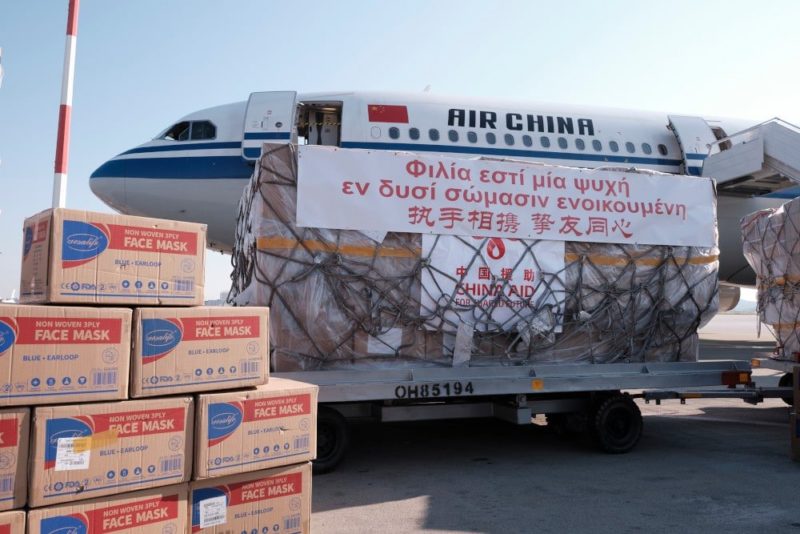
Airline Logistical Preparedness
Air cargo plays a crucial role in the distribution of vaccines, even in normal times, through well-established global time and temperature-sensitive distribution systems.
This capability will be crucial to the quick and efficient transport and distribution of COVID-19 vaccines, when they are available; this will not happen without careful planning, which must be led by governments and supported by industry stakeholders.
Alexandre de Juniac, Director-General of IATA, says that, in order to have proper protocols in place, airlines and governments must commence planning now.
“We urge governments to take the lead in facilitating cooperation across the logistics chain so that the facilities, security arrangements and border processes are ready for the mammoth and complex task ahead.”
Alexandre de Juniac, Director-General, IATA
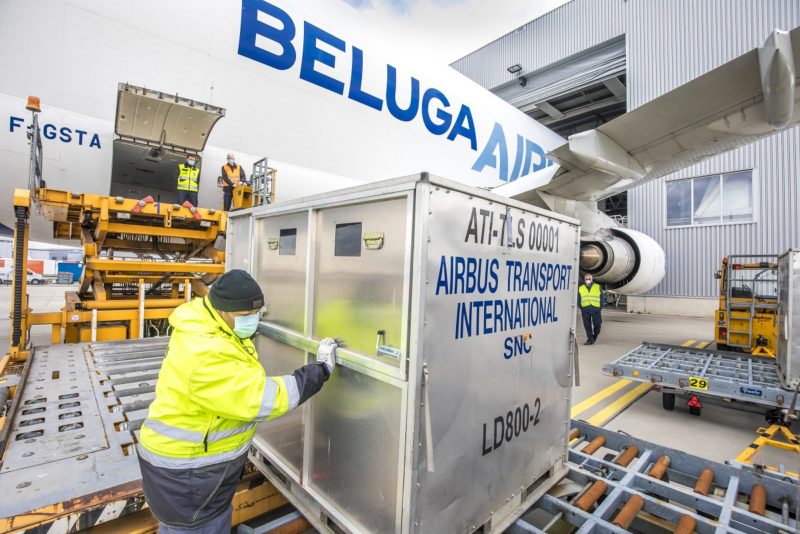
Required Facilities
Vaccines must be handled and transported in accordance with international regulatory requirements, at controlled temperatures and without delay to ensure the quality of the product.
Although there are still numerous unknowns (including the number of doses, temperature sensitivities, manufacturing locations, etc.) it is clear that the scale of activity will be enormous.
In the coming months, cold chain facilities will be established; these will ensure that airlines can fulfill government requirements.
The IATA has set out the key criteria that airports and airlines will have to meet:
- Availability of temperature-controlled facilities and equipment – maximising the use or the re-purposing of existing infrastructure and minimising temporary builds
- Availability of staff trained to handle time and temperature-sensitive vaccines
- Robust monitoring capabilities to ensure the integrity of the vaccines is maintained
Border Processes
Governments have, and will continue, to consult with airlines and implement logistical procedures. These discussions include regulatory approvals, adequate security measures, appropriate handling and customs clearance.
This could be a particular challenge given that, as part of the COVID-19 prevention measures, many governments have put in place measures that increase processing times.
In working with governments, the IATA has defined the key requirements for a smooth border process:
- Introducing fast-track procedures for overflight and landing permits for operations carrying the COVID-19 vaccine
- Exempting flight crew members from quarantine requirements to ensure cargo supply chains are maintained
- Supporting temporary traffic rights for operations carrying the COVID-19 vaccines where restrictions may apply
- Removing operating hour curfews for flights carrying the vaccine to facilitate the most flexible global network operations
- Granting priority on arrival of those vital shipments to prevent possible temperature excursions due to delays
- Considering tariff relief to facilitate the movement of the vaccine
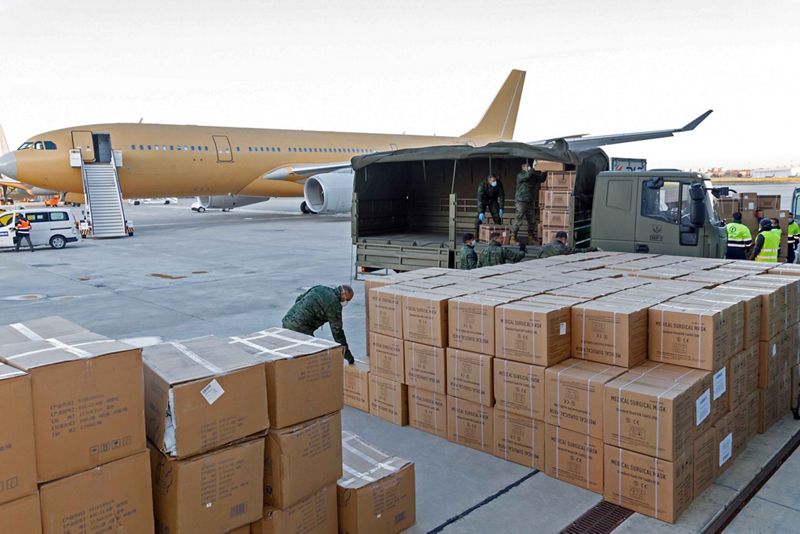
Capacity
In addition to the transport preparations and coordination needed, governments must also consider, the currently diminished, cargo capacity of the global air transport industry.
The COVID-induced travel downturn has forced numerous airlines to store aircraft throughout the long-term. The global route network has been reduced dramatically from the pre-COVID 24,000 city pairs, according to IATA research.
The World Health Organisation (WHO) and the United Nations Children’s Fund (UNICEF) have already identified great difficulties in maintaining their planned vaccine programs during the COVID crisis; this is due in part to the current limited air connectivity.
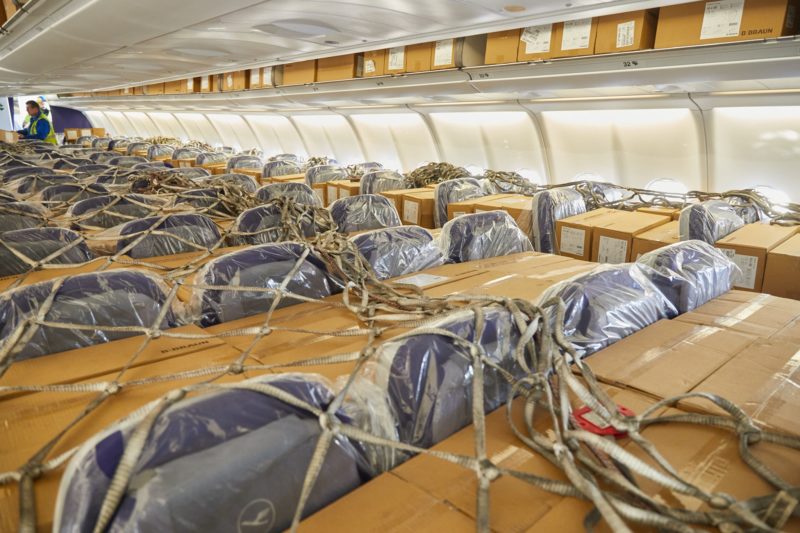
Mr de Juniac says that even if we assume that half the required vaccines can be transported by land, the air cargo industry will still face its largest single transport challenge ever.
“In planning their vaccine programs, particularly in the developing world, governments must take very careful consideration of the limited air cargo capacity that is available at the moment…”
Alexandre de Juniac, Director-General, IATA
Land transport will help, especially in well-developed economies with existing local manufacturing capacity. However vaccines cannot be delivered globally without the significant use of air cargo.
“If borders remain closed, travel curtailed, fleets grounded and employees furloughed, the capacity to deliver life-saving vaccines will be very much compromised.”
Alexandre de Juniac, Director-General, IATA
Feature Image: Airbus


